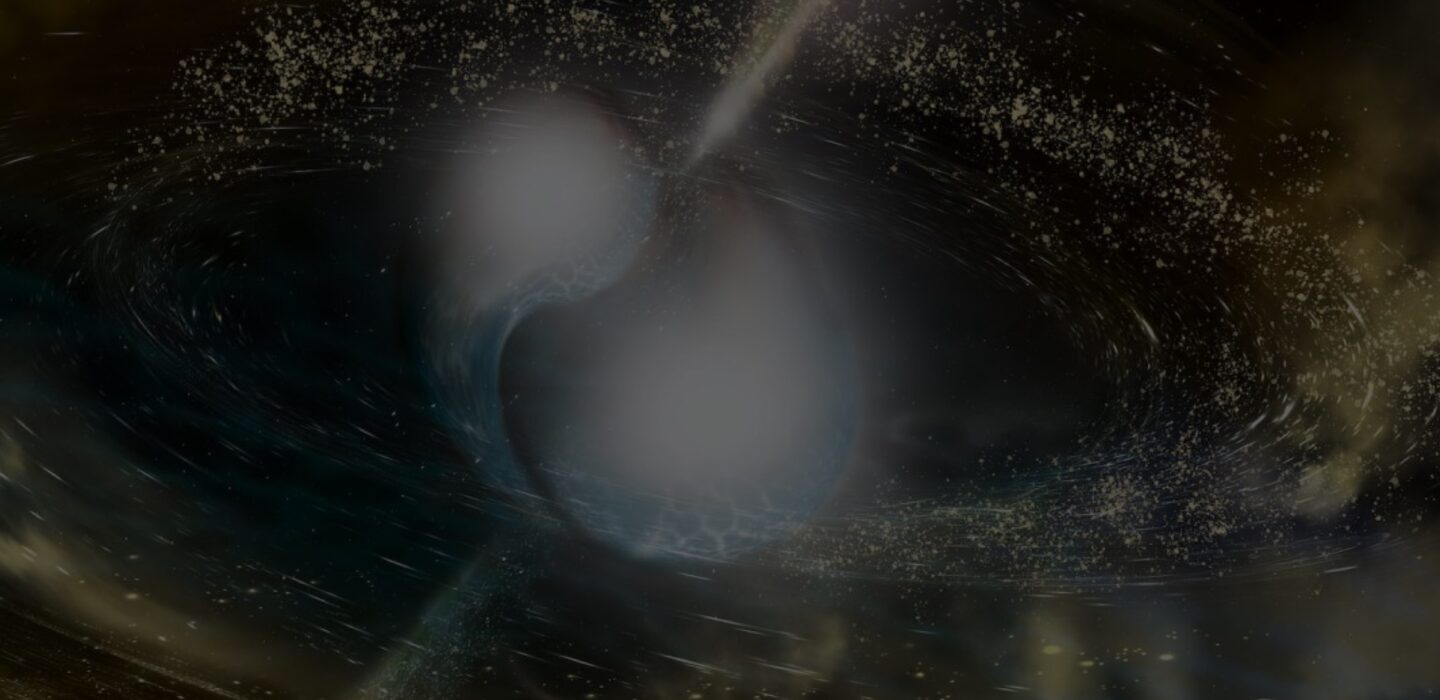Talk 1: Judah van Zandt, 3:00pm - 3:30pm
The prevalence of distant giant companions to inner small planets
NASA's Kepler mission taught us that small close-in planets occur at a rate of ~1 per Sun-like star. Meanwhile, ground-based RV surveys have shown that long-period gas giants are rarer, with an occurrence rate of ~0.15 per Sun-like star. In January of 2024 I completed the Distant Giants Survey, a 3-year radial velocity (RV) survey to estimate the conditional occurrence of long-period Jupiter analogs in systems hosting small transiting planets. By searching for giant planets in systems with known close-in small planets, I found that giant planets are more common (~0.3 per star) when a close-in small planet is present. This finding will help to refine exoplanet formation models and determine whether the solar system's architecture is a common outcome of exosystem evolution.
Talk 2: Andrea, 3:30pm - 4:00pm
Galaxy Build-up in the first 1.5 Gyr: Stellar Mass Functions, Balmer Breaks at z ~ 9 and a Massive Quiescent Galaxy at z ~ 7
Thanks to the unprecedented sensitivity of the James Webb Space Telescope (JWST) at wavelengths of 1 – 5 microns, we now have access to the rest-frame optical emission of galaxies at z > 3, enabling us to conduct a complete census of the galaxy population at these redshifts. Combining multiple public NIRCam imaging programs, we generate photometric catalogs and measure physical properties of several 10,000 galaxies at z ~ 4 - 9.
Performing SED-fitting on these catalogs, we derive galaxy stellar mass functions (SMFs) and show that they are broadly consistent with existing (pre-JWST) literature results. We find a rapid evolution of the high-mass end of the SMF from z ~ 6 to z ~ 4 which is driven by the build-up of UV-red galaxies, including heavily dust-obscured and quiescent galaxies that were largely missing from HST-based Lyman Break galaxy (LBG) samples. At the highest redshifts of z ~ 8 – 9, we find comparatively high number densities of galaxies, pointing to a slow evolution of the cosmic stellar mass density, and higher star formation efficiencies at earlier times.
Focusing on z ~ 9, where stellar masses are still challenging to constrain, even with JWST data, we compile a sample of LBGs at this redshift and investigate their properties in detail. We find that ~7% of them show strong indications of a Balmer Break which either traces the off-mode of star formation in the framework of bursty star formation histories, or hints at evolved stellar populations as early as z ~ 9. Since these galaxies are not dominated by young O- and B-stars outshining any underlying older stellar populations, they provide interesting insights into the mass build-up of galaxies at Cosmic Dawn.
Finally, I will briefly highlight the recent discovery and spectroscopic confirmation of a massive quiescent galaxy at z = 7.3 in the UDS field. The implied early and rapid formation and quenching of RUBIES-UDS-QG-z7 challenges models and simulations and raises interesting questions regarding its progenitors and descendants.
